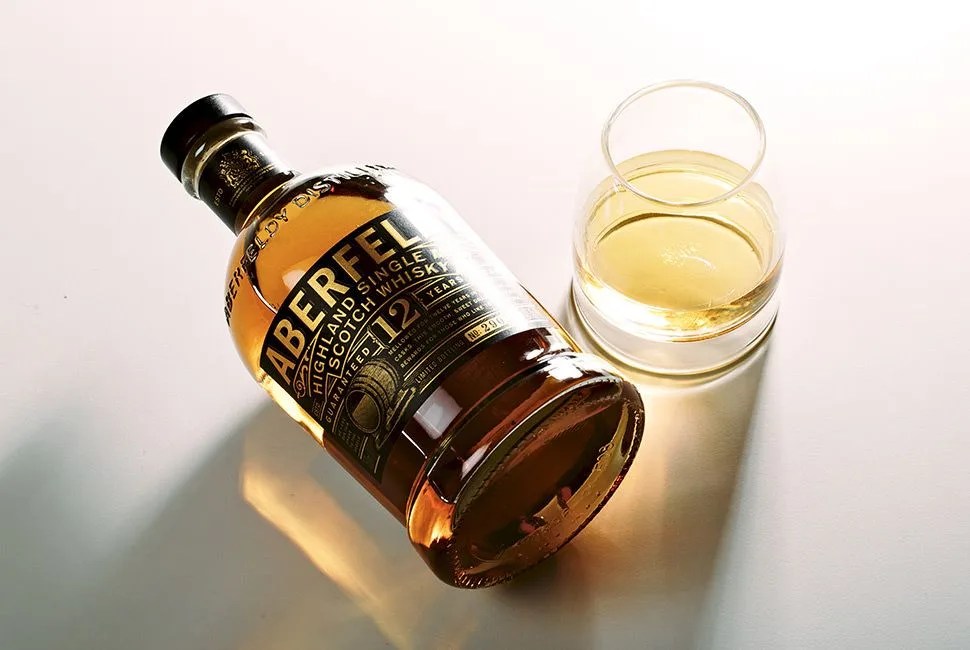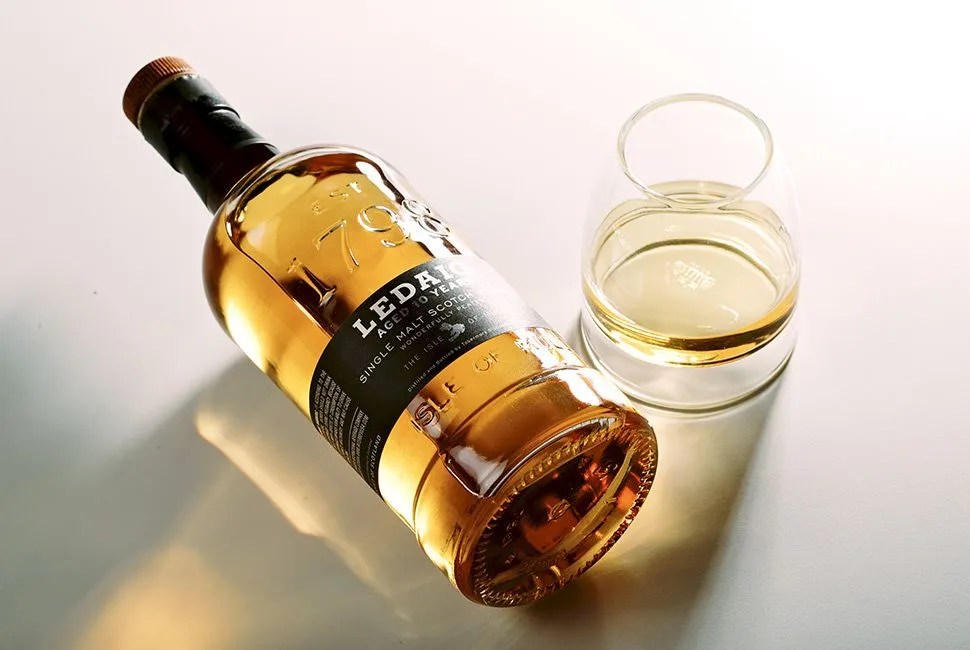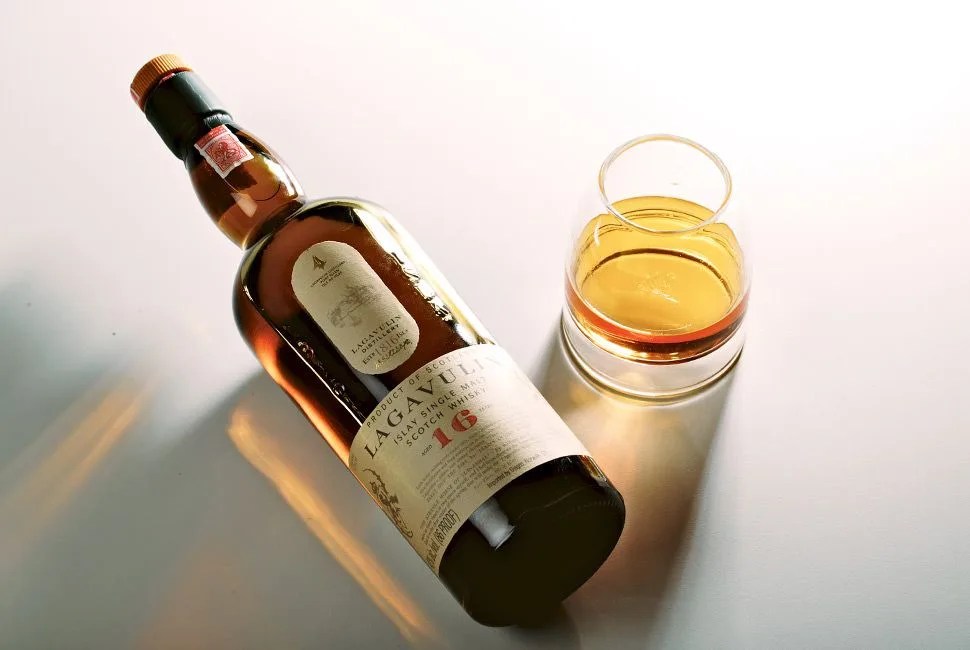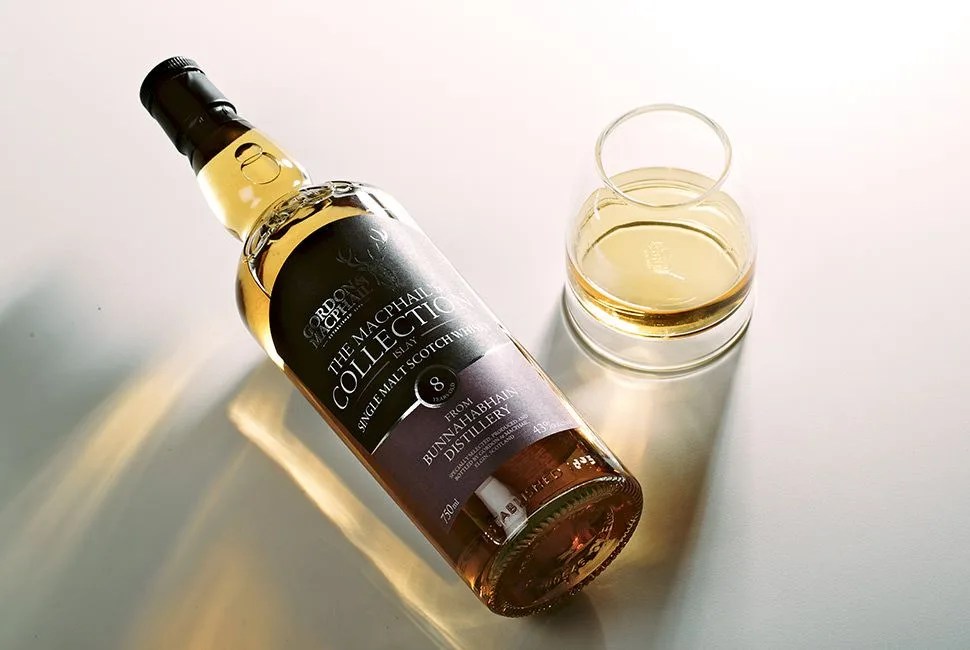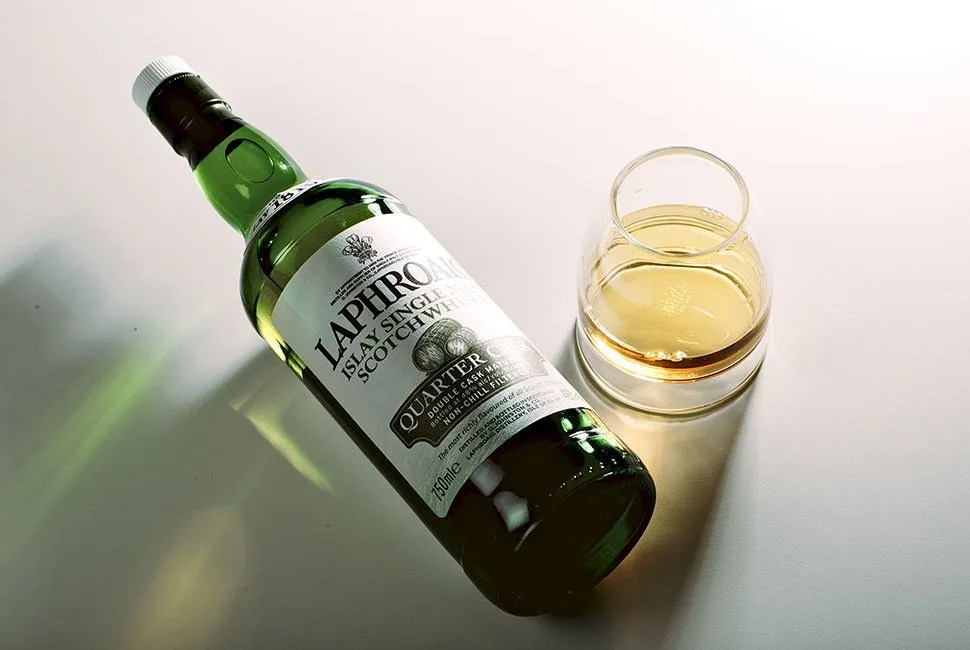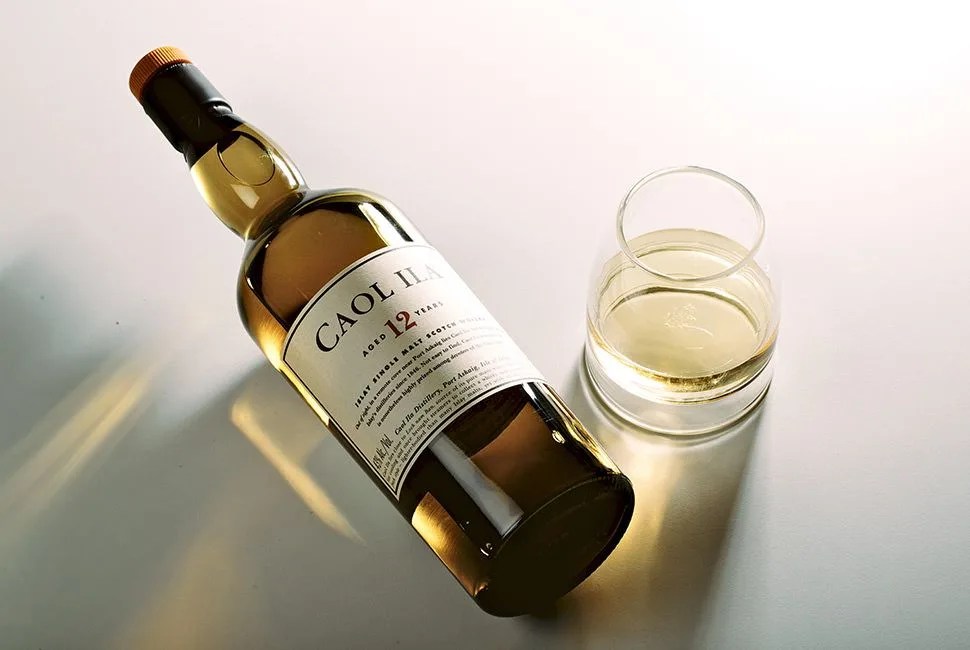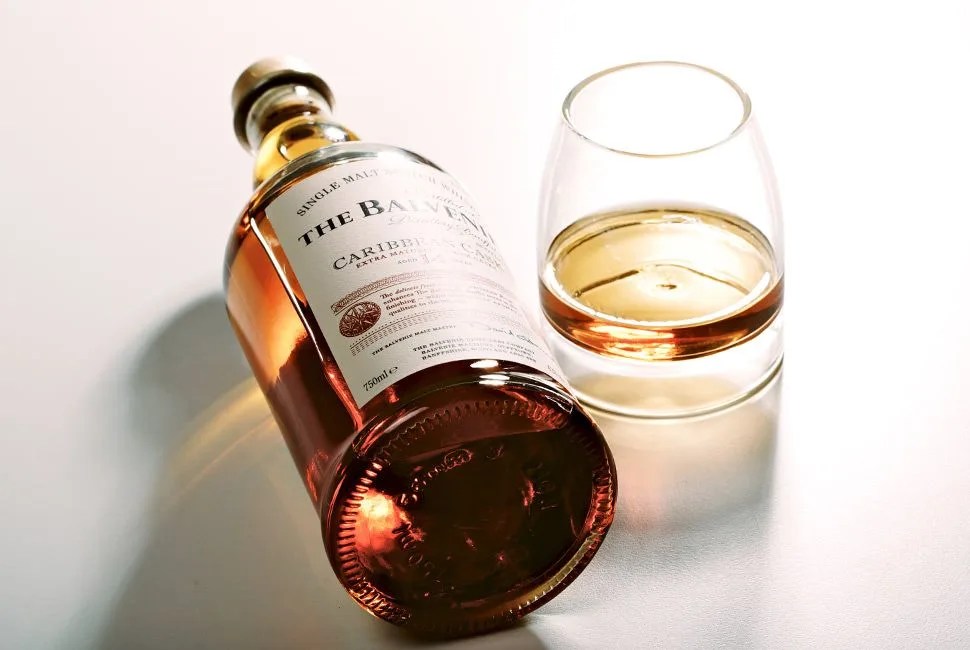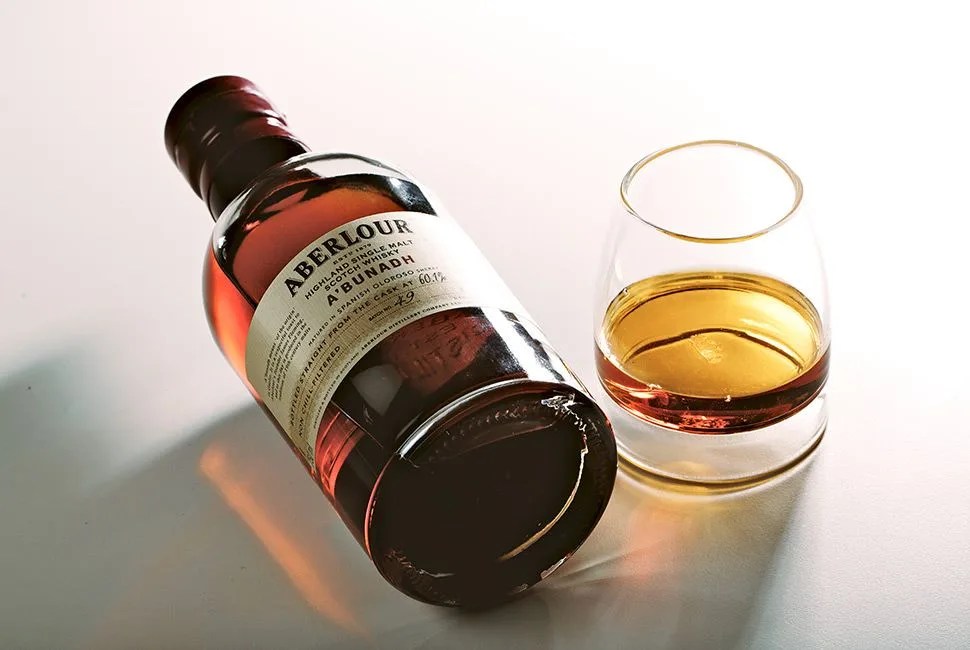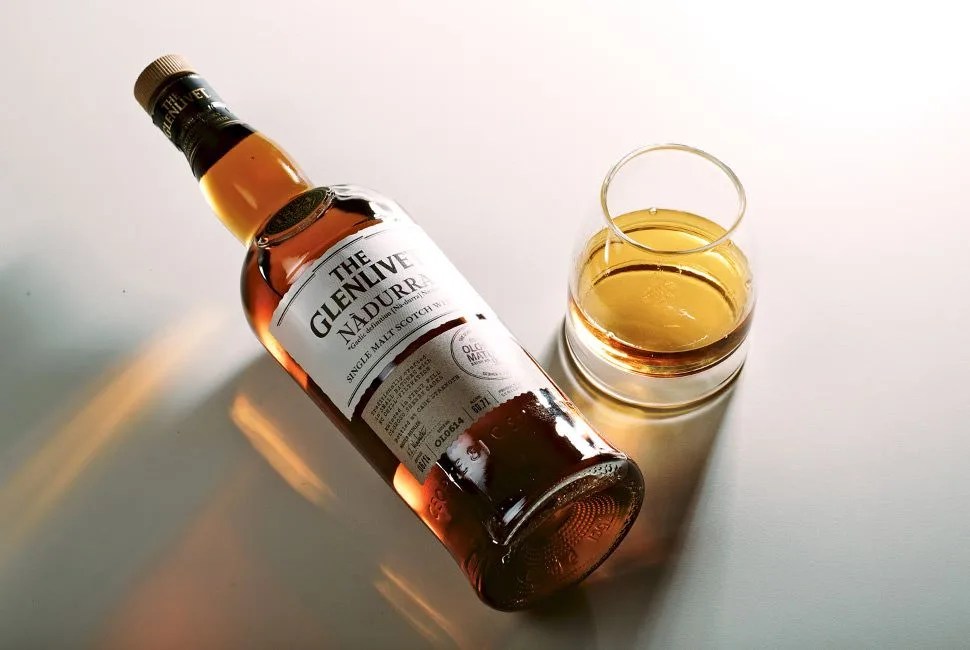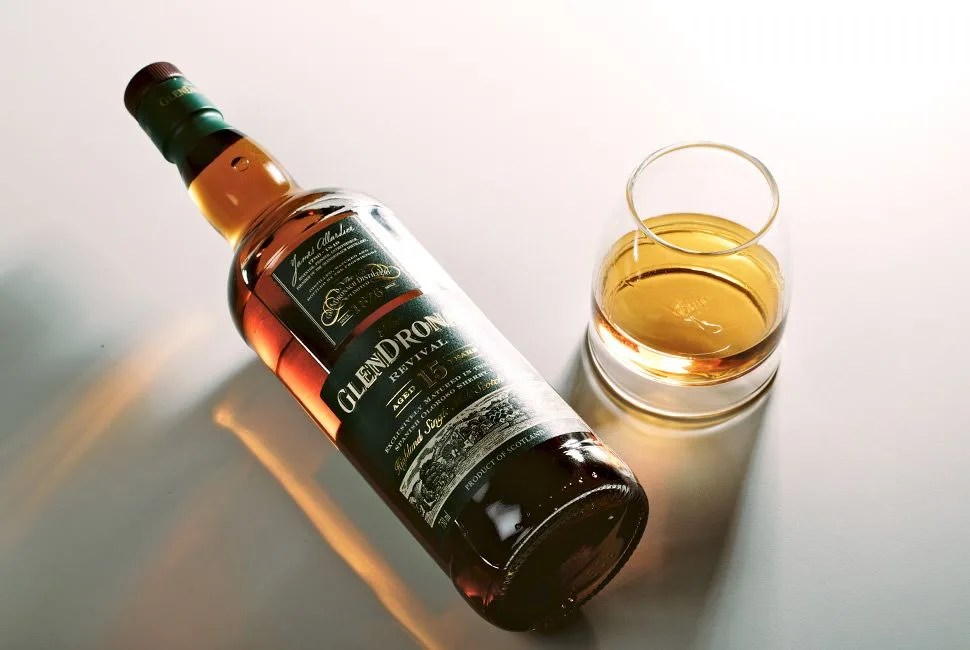What Makes a Good Scotch?
According to Tommy Tardie, the owner and operator of The Flatiron Room, a New York City restaurant that operates a whiskey school, good Scotch starts with the nose. “I like something that’s big and aromatic,” he says. “Not so heavy on the ethanol and not so light that you smell nothing. A good nose sets my palate up for what I’m about to sip — a kind of ‘foreshadowing.’”
The next test: mouthfeel. “I like a Scotch that really engages all of my mouth,” Tardie says. “I’m not looking for ‘heat’ here … I’m looking for interaction with my taste buds, the sides of my cheeks the back of my throat, etc. I want a nice balance between the wood and the grain.”
Finally, there comes the finish. “The longer and more complex finish helps differentiates a ‘good’ whisky from a spectacular one,” Tardie says. “My favorite whiskies have long finishes that evolve over time. They may start out with hints of chocolate and orange peel and later evolve into sweet peat smoke. I like that. When I teach classes I always emphasis paying attention to the finish… this is what you are paying for with great whisky.”
Whisky Regions
“There are five, arguably six, whisky regions of Scotland,” Tardie says — the Highlands, the Lowlands, Speyside, Islay, Campbeltown (and the Islands). “In my mind, each represents a style of whisky that I tend to go for based on my mood, the season or a particular taste I’m looking for,” he adds. “On a cold, snowy night my choice is Islay for their signature peated whiskies.” Ardbeg, Lagavulin, Bruichladdich, Laphroaig, Bowmore. “On a hot summer day I may go for a lighter whisky from the Lowlands or the Highlands. A nice Glenmorangie that has had lots of interaction with their very tall copper still delivers a light, smooth, balanced whisky that is very satisfying on a sweltering day. With this said, most regions produce various styles of Scotch, so even limited to one region you’ll still find enough variety to satisfy diverse palates.”
Is Scotch Still Relevant?
Single malt distilleries are opening throughout America and both bourbon and rye continue to climb in popularity. While there is certainly increased competition for shelf space, it’s important to remember that more Scotch whisky is sold around the world than all the ‘non-Scotch’ put together, says spirits writer Charles MacLean.
“Scotch is not ‘under threat,’” MacLean says. “Whisky makers go to great lengths to create the flavors they want. It is not a haphazard process, it is driven by high craft, often passion and, increasingly, science. One style of whisky is not better than another; they are different by design. I welcome the increase in malt whisky distilling around the world since it offers consumers broader choice, expands interest in the category and encourages exploration. Malt whisky drinkers, like wine drinkers, are pluralists: they don’t stick to one “brand” — they would be crazy to, with such a range of flavors to choose from.”

